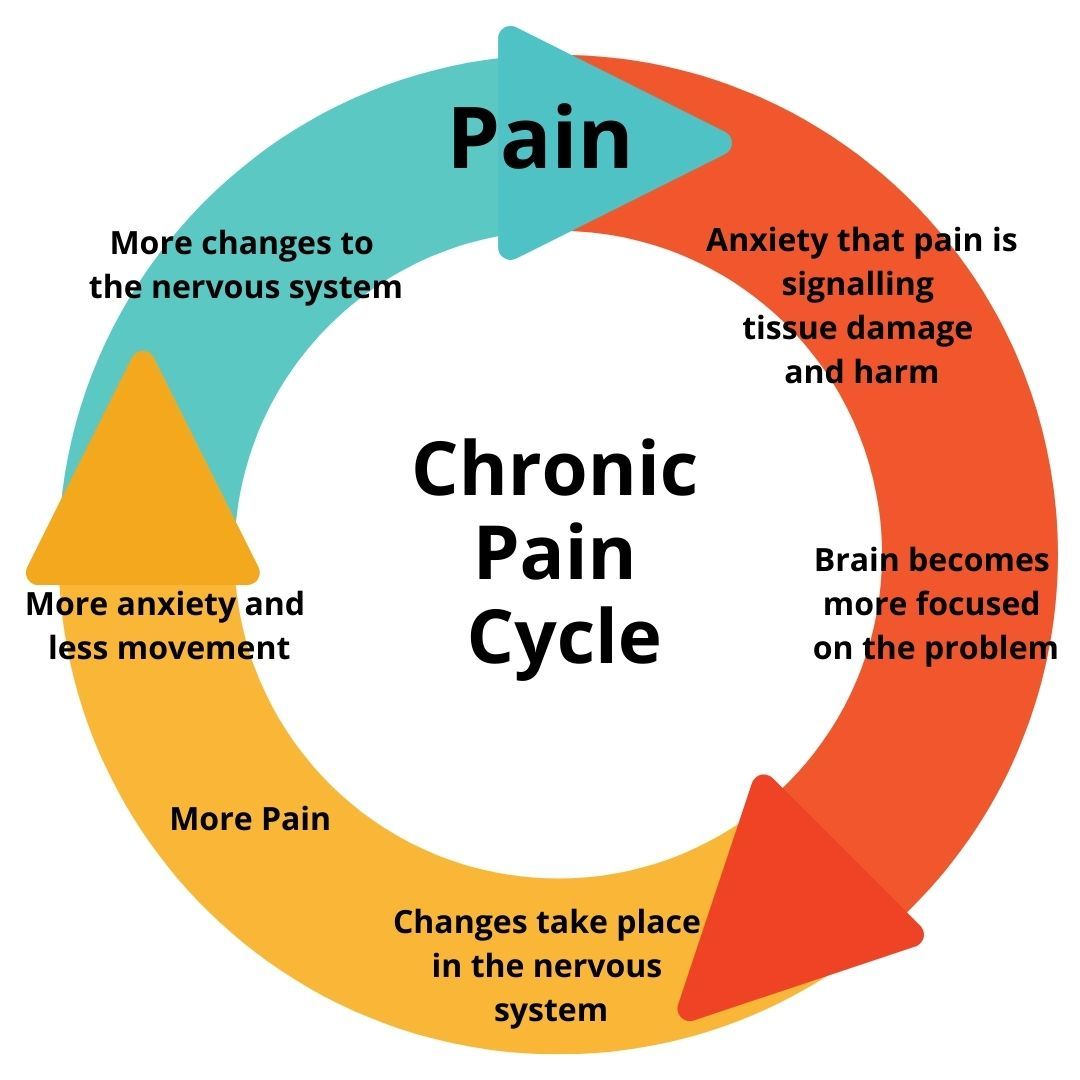Pain is an fundamental part of the human experience, often functioning as a warning that something is not right within our bodies. Nonetheless, for many people, pain can become a chronic condition that considerably impacts well-being. Grasping pain control is crucial for those who seek to alleviate discomfort and enhance their well-being. This article investigates various pain management options and therapies, offering a detailed guide to natural strategies that prioritize healing without harm.

From the distinctions between acute and chronic pain to the most effective therapies available, we examine the complex relationship between pain and treatment. Whether you are seeking methods to manage arthritis pain or looking for holistic approaches like yoga and mindfulness, there are numerous options to explore. This journey into the field of pain management will not only enable you with understanding about effective treatments but also provide perspectives into how personal adjustments and alternative therapies can lead to lasting relief.
Comprehending Pain Management
Pain management is an vital aspect of healthcare that focuses on alleviating pain and improving the living experience for patients suffering from various conditions. It includes a wide range of strategies aimed at providing comfort from severe and long-lasting pain. By considering both bodily and mental components, effective pain management enables individuals to engage more completely in their daily activities, enhancing overall quality of life.
There are countless different types of pain, and each requires a personalized approach for effective management. Acute pain often results from injury or surgery and is typically brief, while chronic pain continues for an extended period, often surpassing the normal healing process. Comprehending the nature of pain is important in developing a comprehensive treatment plan that may feature therapies such as physical therapy, chiropractic care, and complementary treatments.
Pain control centers play a key role in helping patients through their pain experiences. These specialized services provide multidisciplinary approaches, combining medical, physical, and psychological interventions. By employing various techniques, healthcare providers can help patients attain relief and educate them how to manage their pain efficiently, encouraging a higher sense of control and better quality of life.
Alternative Approaches for Pain Relief
Holistic therapies for pain relief offer a holistic approach that supports traditional conventional treatments. Methods such as acupuncture, massage therapy, and chiropractic care have gained popularity as beneficial means to treat discomfort without relying on pharmaceuticals. Acupuncture, rooted in ancient Chinese medicine, involves the insertion of thin needles into targeted points on the body to enhance energy flow and promote healing. Many patients find relief from multiple conditions, including headaches and back pain, through this practice.
Manual therapy, another integral part of natural discomfort management, works by targeting tightness and improving circulation. By using different techniques such as therapeutic, Swedish, or point-specific massage, therapists can alleviate discomfort associated with chronic conditions like tender point syndrome and arthritis. Regular appointments can contribute to sustained comfort and enhance overall health, providing a soothing alternative to more invasive treatments.
Chiropractic care focuses on identifying and treating structural disorders, particularly spinal alignment issues. Chiropractors use manual adjustments to realign misalignments, which can relieve pressure on neural pathways and improve mobility. This therapy can be especially beneficial for individuals suffering from lower back pain or sciatica. By addressing the underlying issue of pain, chiropractic care not only reduces pain but also promotes long-term health and preventive care.
Lifestyle Changes for Long-Term Pain
Implementing daily modifications can greatly boost the standard of life for individuals living with chronic pain. One of the highly impactful adjustments involves incorporating regular physical exercise into daily routines. Easy exercises such as walking, aquatic exercises, or cycling improve mobility, strengthen muscles, and release endorphins, which naturally help alleviate pain. pain doctor to select activities that feel comfortable and enjoyable, as this boosts the likelihood of consistency. Additionally, creating a structured fitness plan with the support of a healthcare provider can provide the necessary support to prevent further discomfort.
Dietary changes also play a key role in handling chronic pain. Following an anti-inflammatory diet rich in fruits, vegetables, whole grains, and good fats can help reduce swelling throughout the body. Foods like fatty fish, nuts, and leafy greens provide vital nutrients that aid to pain relief. It is also vital to limit processed foods, refined sugars, and trans fats, which can worsen inflammation. Staying hydrated and paying attention to food sensitivities can additionally aid in lowering pain levels.
Finally, prioritizing mental health through stress-reduction techniques is crucial for those dealing with chronic pain. Practices such as mindfulness meditation, yoga, and deep-breathing exercises can be helpful in diminishing stress and, consequently, pain sensation. Integrating relaxation techniques into everyday routines can create a sense of control over pain and foster a more positive outlook. Maintaining a balanced lifestyle that includes adequate sleep, social connections, and enjoyable activities can help individuals navigate their pain more effectively and enhance overall well-being.
